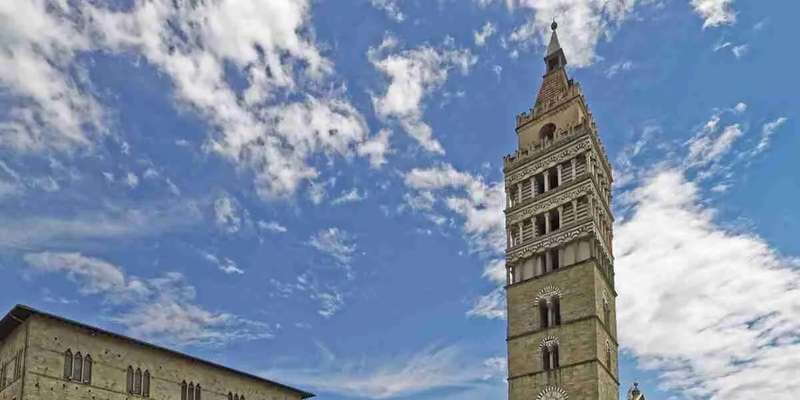- Home
- Useful Tips
- Where to find Pistoia's...
Few travelers realize Pistoia holds one of Italy's last surviving wrought iron traditions, with workshops hidden in plain sight behind medieval walls. Over 70% of visitors miss these authentic experiences, drawn instead to crowded piazzas while local artisans work just meters away. The frustration compounds when tourists later discover they walked right past centuries-old family workshops, unaware of the intricate gates, lanterns, and tools being crafted nearby. This isn't just about seeing metalwork – it's connecting with a 700-year-old heritage that shaped Tuscany's architectural identity. Without local knowledge, you risk leaving Pistoia having only scratched the surface of its true craftsmanship legacy.


Why Pistoia's ironwork deserves your attention
Pistoia's wrought iron tradition dates to the 13th century when the city became known as 'Little Milan' for its metalworking prowess. Unlike mass-produced souvenirs, authentic pieces here follow techniques unchanged since the Renaissance – notice how artisans still use coal forges to shape scrollwork for Tuscan villas. The distinctive 'ferro battuto' style features in Florence's Palazzo Pitti and Venice's Doge's Palace, yet most pieces originate from these unassuming workshops. Visiting offers rare insight into how traditional crafts sustain Italy's cultural heritage. Watch as masters demonstrate 'a lume' techniques, hammering red-hot metal into botanical motifs that take days to perfect. These workshops represent living history, not museum exhibits, with each twist of iron telling stories of guild secrets passed through generations.
Navigating the workshop district like a local
The historic center between Via degli Orafi and Corso Silvano Fedi hides the highest concentration of active botteghe, though their discreet entrances often go unnoticed. Start at Piazza della Sala where Armando Mattei's workshop (look for the anvil sign) has operated since 1921 – the rear courtyard reveals apprentices crafting church railings. Head northeast to find Stefano Michelucci's atelier, recognizable by the vine-shaped gate where he creates contemporary interpretations of medieval designs. Timing matters; most workshops open 9AM-12PM and 3PM-6PM, with Tuesday mornings offering peak activity. A little Italian helps – a simple 'Posso guardare?' (May I watch?) often earns you a closer look. Remember these are working spaces, not tourist attractions, so respect tools and avoid blocking narrow alleyways during deliveries.
Decoding authentic craftsmanship from imitations
With cheap imports flooding Italian markets, distinguishing genuine Pistoiese ironwork requires a trained eye. Authentic pieces bear subtle hammer marks rather than machine-perfect symmetry – look for variations in scroll thickness that reveal hand-forging. Local artisans use exclusively wrought iron (ferro battuto), never lighter aluminum or cast iron. Signature elements include oak leaf motifs, spiral finials, and 'a giorno' openwork that filters sunlight beautifully. Reputable workshops provide certificates of authenticity with their €200+ pieces, while market stalls selling items under €50 likely source from overseas. For a trustworthy introduction, seek out Marco Pacini's showroom near the cathedral, where fourth-generation craftsmen explain how their door knockers weather naturally versus painted fakes that chip within months.
Beyond observation – hands-on experiences
Several workshops now offer immersive experiences bridging tourism and tradition. At Laboratorio Giudici, two-hour sessions let you forge your own S-hook under guidance, using the same tools Dante might have seen during his Pistoia visits (€65 including materials). For families, Bottega del Ferro runs child-friendly demonstrations where kids shape cold metal into simple shapes. Those short on time can visit during September's 'Fierucola dei Mestieri' when artisans flood Piazza del Duomo with live demonstrations. If language barriers concern you, the Pistoia Welcome Center arranges English-speaking artisan meetups, including a rare chance to see gilding techniques at historic workshops normally closed to the public. Either approach delivers what no photo can – the scent of burning coal, the rhythm of hammers, and the pride in a craft that defines this city.
